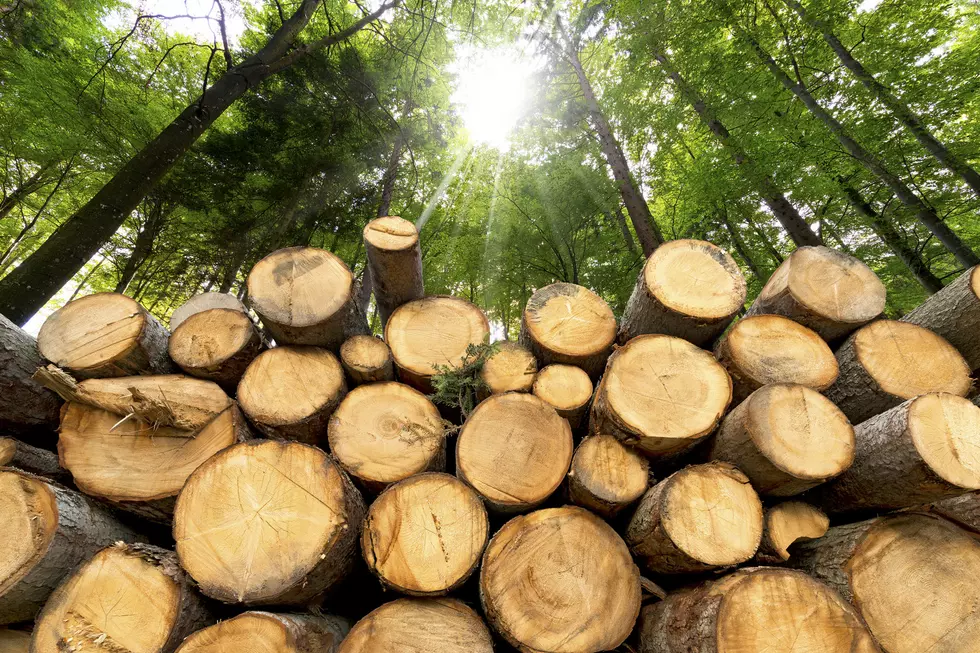
Understanding the Decline and Fall of Montana’s Timber Empire
Missoula, MT (KGVO-AM News) - On the KGVO Talk Back show this week, we hosted Dr. Peter Kolb with MSU Extension and the UM School of Forestry, along with retired life-long forester Scott Kuehn to talk about the rapid and dramatic changes that have occurred in their industry.
Kuehn looked back at his forestry career and how it ended.
Scott Kuehn Spent his Entire Career in the Montana Timber Business
“I came to Montana in 1975, went to forestry school, got out of forestry school, and then went to work for Champion (Timberlands) as a forester, began Kuehn. “Champion was huge. They had the world's largest plywood mill in Bonner. And then in 1995, I went to work for Plum Creek Timber, which was the old Burlington Northern Timberlands. They had a very long history and then I went to work for Stimson Lumber and Tri-Con Timber, Salmon River Wood, and then Pyramid Mountain Lumber. Now, all those are gone.”
Dr. Kolb, who has studied the timber industry throughout the world, described how the industry operated in years past.
Dr. Kolb Took a Scientific Look at the State's Timber History
“So the model was a pursued that these forests of 200 to 300-year-old trees would be harvested, replanted or naturally regenerated and that we would work on the European model where we would grow trees for 100 to 120 years in a predictable timber supply. So this is the model that Champion and Anaconda and Boise Cascade and all the big industries followed here.”
Focusing on the rich Seeley Swan Valley, Dr. Kolb described how the timber industry relied on the U.S. Forest Service to properly manage the land.
“They built the mills based on the promise from the U.S. Forest Service that it would also supply a certain amount of timber to keep these mills operating and that determined the size of the sawmill for the area,” he said. “So, Pyramid (Mountain Lumber) was built in the Seeley Swan because the Seeley Swan Valley grows trees like crazy because there’s a lot of water there. So, they built their mill based on a sustainable timber management program for that valley.”
READ MORE: Why Investing in Infrastructure is Critical in Montana
Dr. Kolb said Recreation Value was a Key in Helping to Close the Mills
Dr. Kolb then fast-forwarded to the last few years, when big changes came to areas similar to the Seeley Swan area, like McCall, Idaho.
“Recreation became a big thing,” he said. Like Seeley Lake, McCall, Idaho used to be a sawmill town, and the property values went up; recreation became more valuable and all of a sudden, people who work in a mill making good money, with a starting salary of $40,000 to $50,000 simply cannot afford to live in places that have become a recreational haven for the ultra-rich, like McCall Idaho, the playground of Boise. Now, Seeley Lake is on that same route where no person can afford a house and pay a mortgage on an annual salary of $50,000.”
Listen to the entire conversation with Kuehn and Dr. Kolb here.
LOOK: Highest-paying jobs in Missoula
Gallery Credit: Stacker
More From 96.3 The Blaze





